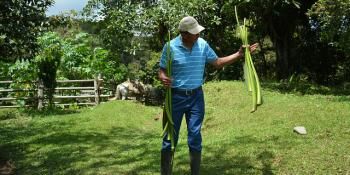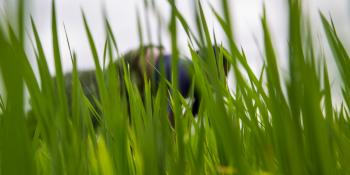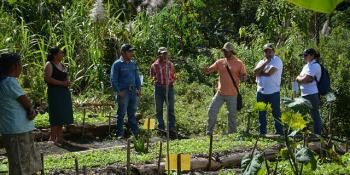Harnessing farmers' valuable agricultural knowledge the right way
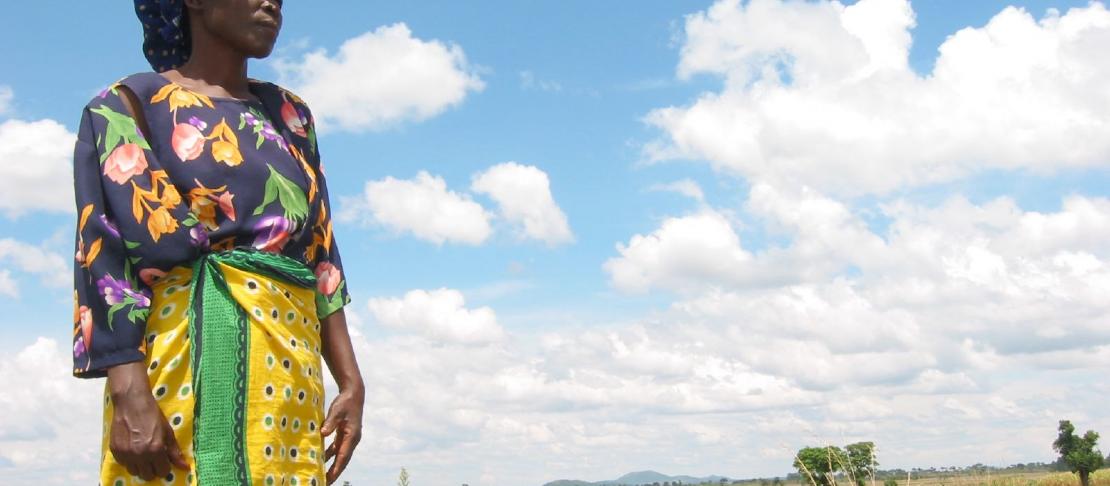
by Catherine Mungai
The need to harness the value of indigenous ecological and farm knowledge to plan and achieve resilience has been repeatedly raised and emphasized in discussions on food security in a changing climate held at different forums in the East African region.
To address this, the CGIAR Research Program on Climate Change Agriculture and Food Security (CCAFS) East Africa has collaborated with partners to undertake studies focusing on reducing vulnerability to climate change through promising innovations in climate and weather information management in order to enhance rural livelihoods.
Such partners include Sokoine University of Agriculture, and Tanzania Meteorological Agency both in Tanzania; and National Agricultural Research Organization and Makerere University in Uganda.
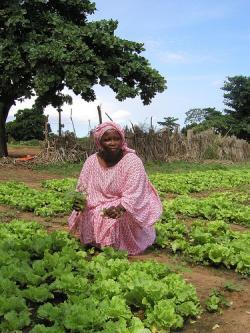
In Tanzania, the study was undertaken in Lushoto, while in Uganda the study was carried out in Rakai and Hoima. The studies examined the integration of indigenous technical knowledge in scientific weather forecasting and early warning systems to enhance the ability of farmers and policymakers to make informed decisions regarding their agricultural practices.
Results from the studies reveal that most farmers were aware of ongoing climate variability. In Lushoto, most of the respondents reported to have observed the changes themselves. Seasonal drought appeared to have occurred most widely compared to other climate extremes.
Perceived severity of climate extremes determines the ability of a farmer to cope with a hazard that he/she is exposed to. Therefore, the perception pattern of the perceived severity of climate extremes can change with increased ability of the farmer to cope with such climate hazards.
Regarding the innovations for coping with climate related risks, farmers in both Rakai and Hoima districts have adapted to climate change by spreading the risk through planting early maturing crops such as beans and sweet potatoes and drought-tolerant crops like cassava mainly for food security concerns.
For centuries, farmers have relied on indigenous knowledge systems to inform their farming practices.
Signs such as appearance of dark clouds, direction and strength of the wind, very high temperatures during the night, presence of lighting and thunder at night without rain and position of the moon have been used to predict rainfall patterns. Local communities identified a good season by examining the behavior of birds, animals, plant appearance, insects, the moon, wind and air temperature. Using this information, farmers made important production decisions such as: starting field preparations; carrying out dry planting; purchasing seed for planting; deciding on the type of crops to grow; planning the type of agronomic practices to use; and planning for labor redistribution and allocation.
Farmers rely a lot on indigenous knowledge for weather predictions and most of these, though unknown to them, have a scientific basis.
There is need therefore to evaluate this knowledge and establish their scientific basis and link them to existing forecasting processes to increase the relevance and reliability of weather forecasts. There is also need to activate the various links of the information flow network through a concerted effort of actors at the various levels for better and timely flow of climate and weather information to the grassroots.
In both countries, radio is the most used media to access climate and weather; however the packaging of information is critical to ensure correct messages are disseminated.
Learn more: In Senegal, we work with integrating farmers' own knowledge into scientific climate forecasts: Providing climate services that make sense to farmers
This story was written by Catherine Mungai, Program Specialist at the CCAFS East Africa regional office. Follow East Africa on Twitter: @Cgiarclimate_ea
